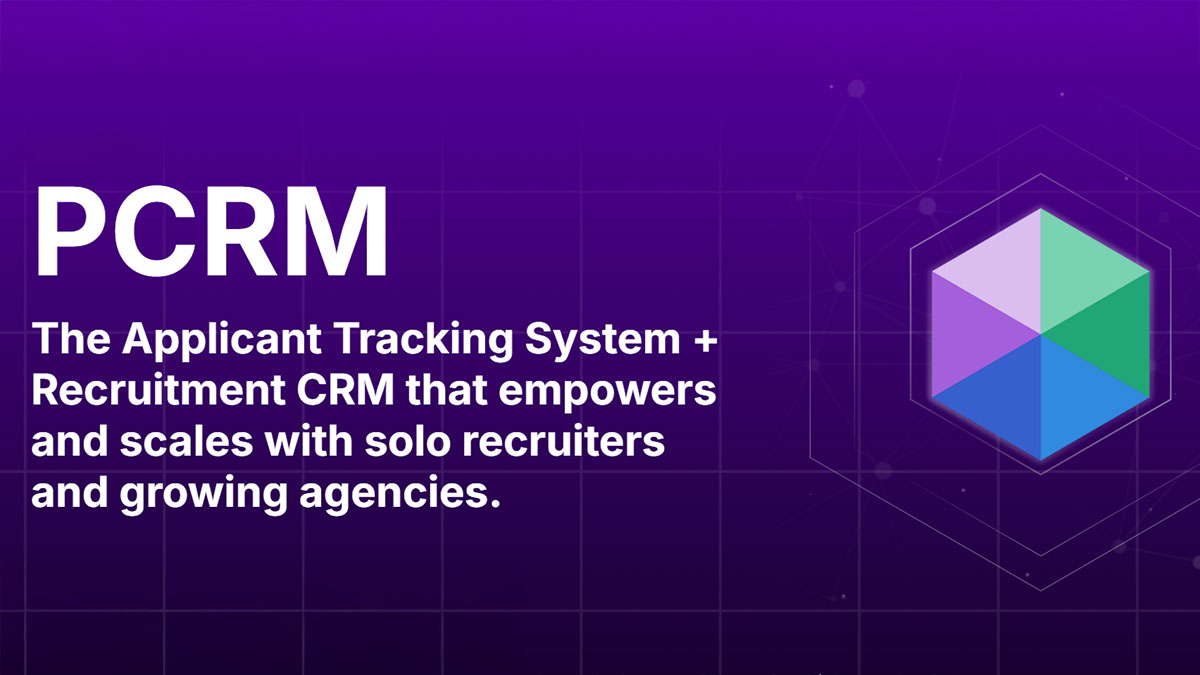
Consequently, employers are faced with the challenges of conflicting motivations.
On the one hand, they need to reward loyalty. On the other hand, they need to attract the best talent. It’s a balancing act between making the right offer to secure the best talent today, and retaining top talent in the long term.
For this blog post, we once again spoke with industry expert Jeff Kaye, Co-CEO of Kaye / Bassman, to share his insights into the main factors impacting pay today.
Are you paying people based on the role that they’re providing, or paying them based on the context of their cost-of-living situation?
Jeff Kaye, Co-CEO, Kaye / Bassman
The pandemic was a catalyst for distance-based working. In sectors where it’s been successful, it’s created trends for greater flexibility in terms of working location. Remote-only and hybrid roles have become increasingly common. Due to regional differences in the cost of living, this has created a push-pull effect.

When a company is based in an area with a high cost of living, and the work can be done remotely, employees can still command premium wages. They can also decide to relocate to an area with lower living costs.
At the same, by opening up distance-based roles, companies searching for the right hires can take their pick from a broader talent pool, searching beyond their city or state. If hiring locally is more expensive, they can acquire talent from an area with a lower cost of living and, in theory, pay them less.
Of course, regardless of where a company’s headquarters are located, some organizations have to compete against each other irrespective of localized differences in the cost of living. In talent-driven markets, some companies are willing to do whatever it takes to bring the best talent on board. Likewise, local businesses which offer products or services within a particular city or state, need to pay their employees in line with the local cost of living to attract and retain the right talent, almost by default.
Organizations based in areas with a higher cost of living either have lower margins or lower cost structures. One way to lower cost structure is through a geographically dispersed workforce.
Jeff Kaye, Co-CEO, Kaye / Bassman
Companies in certain fast-moving industries — particularly those in the technology sector — are changing their approach to office space. Where hybrid or distanced-based working is viable, companies can strategically cut down on square footage. One trend is for companies to open up smaller satellite offices, which provide smaller, more flexible working spaces. From decreasing the size of physical office space to becoming an entirely remote organization, some companies are leveraging distance-based working to cut costs.

There are other economic factors which impact overall company cost structures. In industries which are heavily backed by venture capitalists – such as technology – some companies have been given incredibly high valuations. To kick-start and sustain growth, they’ve invested heavily in recruitment, attracting talent with extremely competitive remuneration packages. But that can only continue for so long.*
Already we’re starting to see a plateau and normalization of wages in the face of potential economic downturn. But pay is impacted by multiple factors. Alongside macroeconomics, there’s where the talent is located, and above all else — supply and demand.
What are companies doing to create an environment which attracts and retains the best talent, one that goes beyond where you can work and the benefits to you?
Jeff Kaye, Co-CEO, Kaye / Bassman
Regardless of the company location, the availability of talent, the compensation, or the opportunity for distance-based working – a great hiring manager can make the difference in getting the right talent through the door at the right price for both the employee and the company.
The hiring manager is the coach. They create a culture that makes working for an organization desirable – and raise the level of engagement. Interestingly, some of the best companies to work for are also the most profitable. That’s because employees want to work for them, and so location and financial benefits are not the only determining factors.
We’ve said it before, and we’ll say it again – recruitment is a people business. See how PCRecruiter helps to keep it that way. Discover our tech.
* As a side note, Main Sequence Technology, the company behind PCRecruiter, has always been self-capitalized and owned/operated by its founders. This has led to a quarter-century of growth and stability.

PCRecruiter’s AI tools for content generation, candidate summary, and internal data search are now available FREE for a limited time.
Read more
PCRM — the CRM and Recruitment ATS hybrid built specifically to empower and scale with solo recruiters and growing agencies — is now available.
Read more
Recruitment professionals are facing a new challenge in today’s digital landscape: scammers posing as legitimate recruiters. These scammers are increasingly targeting remote work job seekers, causing some candidates to become wary of all recruitment outreach.
Read moreFind out more about who we and what we do.